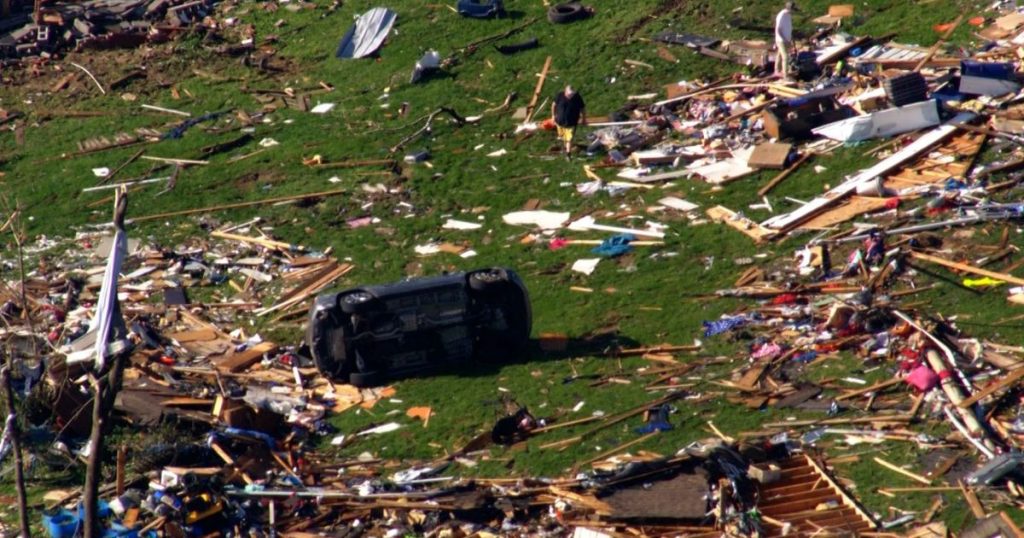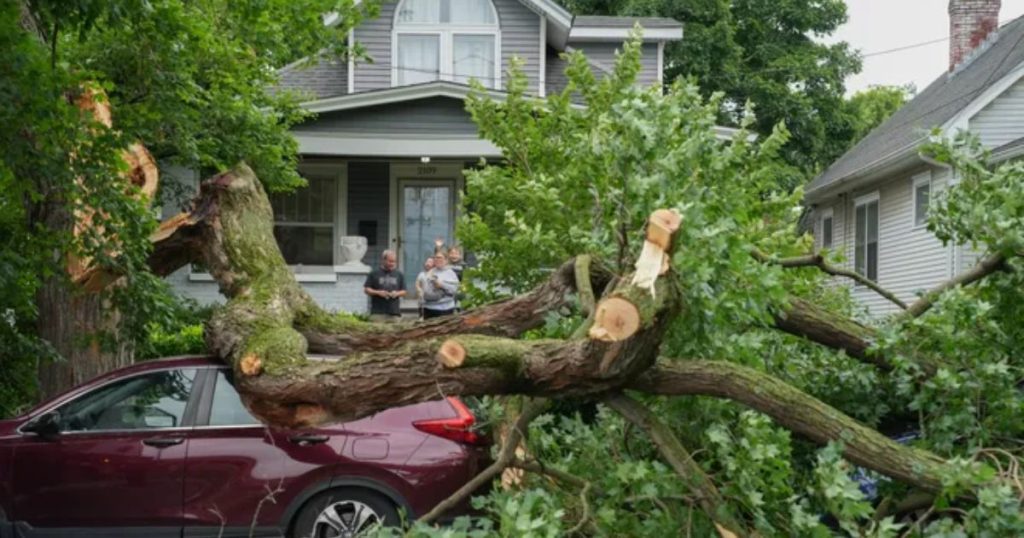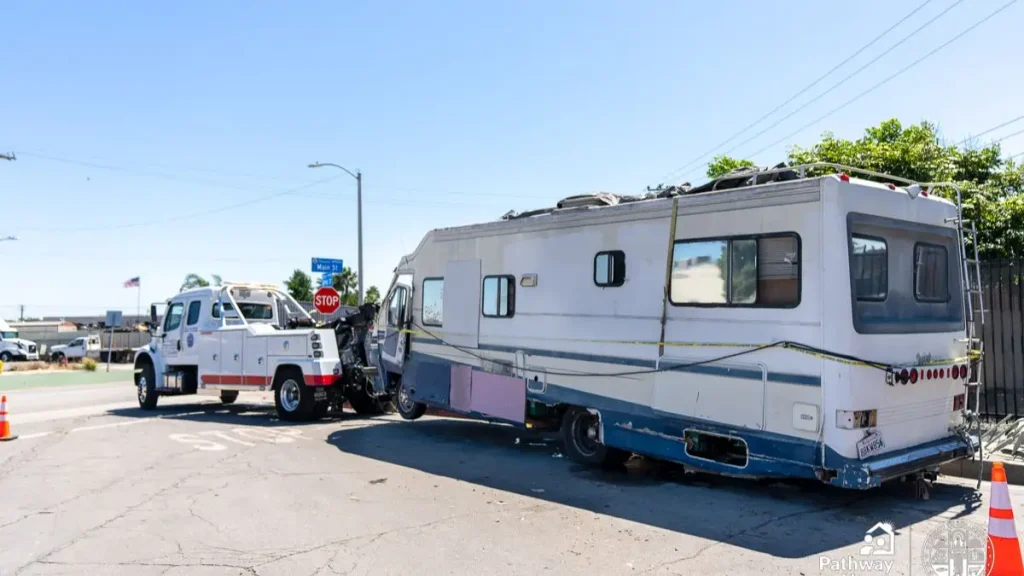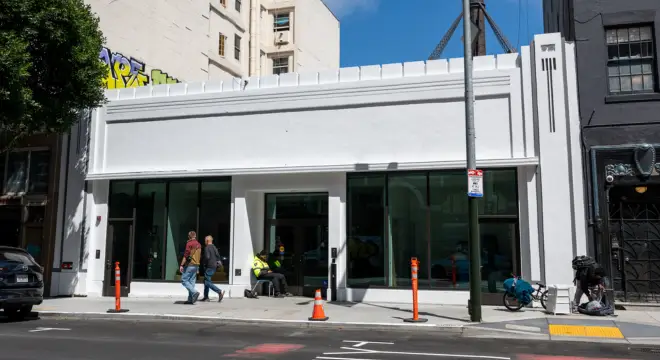Kentucky Tornado Leaves Homes Destroyed, Search Continues for Missing Persons
I still can’t wrap my head around the sheer destruction that hit Laurel County recently. On that fateful day, a deadly tornado tore through the area — London, Somerset, Pulaski, and especially Laurel County — leaving homes in ruins and families shattered. Lives were lost, and the community is still grappling with the shock.
When I read the survivor accounts and saw the images on WLKY’s coverage, it struck me how unpredictable and merciless nature can be. But beyond the devastation, what matters most is the human story — the resilience of people trying to rebuild their lives amidst the rubble.
This isn’t just another weather story. It’s a reminder of how quickly everything can change, and why we need to pay attention, prepare, and support each other in moments like these. If you live in tornado-prone areas, or even if you don’t, understanding what happened here is crucial — not just for empathy but for awareness and action.
How are people coping now? What can we learn from this disaster? Let’s dive deeper.
Tornado Details and Path of Destruction
The tornado that struck Laurel County was no ordinary storm. It was a powerful EF4 tornado — with wind speeds reaching over 170 miles per hour — carving a destructive path through London, Somerset, Pulaski, and especially Laurel County.
According to Fox Weather’s detailed report, the tornado left widespread devastation in its wake, flattening entire neighborhoods and snapping power lines, which made rescue operations even harder.
Emergency crews described scenes of total destruction: homes reduced to rubble, roads blocked with debris, and power outages affecting thousands. This path of destruction wasn’t just random — it followed a precise route through heavily populated areas, making the impact even more tragic.
When you look at the scale of damage and the speed at which this tornado moved, you realize just how violent and unpredictable such storms can be. Fox Weather’s coverage emphasizes the challenges faced by first responders and the scale of the recovery needed in the aftermath.
Human Impact — Stories of Loss and Survival
When a tornado like this hits, it’s easy to get lost in numbers — how many houses were destroyed, how many were injured, how many lives lost. But behind every statistic is a person, a family, a story that’s changed forever. In Laurel County, families faced unimaginable loss in mere minutes. Some lost their homes entirely, others lost cherished belongings, and tragically, some lost loved ones.
I read survivor accounts where people describe the terrifying moments when the sky darkened, and the world around them seemed to tear apart. Many told stories of miraculous escapes, thanks to quick thinking or neighbors rushing to help. In such times, the community spirit shone brightest — strangers sharing food, offering shelter, and volunteers showing up without hesitation.
These human stories are what really bring home the impact of this disaster. They remind us that resilience isn’t just about rebuilding structures but about healing the wounds in people’s lives. The emotional toll will take time to heal, but these stories of survival and hope are powerful reminders of human strength in the face of tragedy.
Emergency Response and Rescue Efforts

The tornado’s destruction demanded an immediate and coordinated response. Within minutes of the storm passing, local authorities, emergency services, and volunteers mobilized to launch search and rescue operations. The terrain was tough, and blocked roads slowed efforts, but teams worked around the clock to locate survivors trapped under debris.
Real-time updates from official sources helped keep the community informed — people knew help was on the way even in the darkest hours. Shelters were set up quickly for those left homeless, and supplies like food, water, and medical aid were distributed with urgency.
What stood out was how communities came together. Volunteers from neighboring towns showed up to assist, NGOs coordinated relief drives, and local governments prioritized rebuilding critical infrastructure. Despite the overwhelming scale of the disaster, the spirit of cooperation and resilience offered a lifeline to many still trying to find their footing.
Community Recovery and Aid Initiatives
After the immediate danger passed and rescue operations slowed down, the real challenge of recovery began. The community in Laurel County faced a long road ahead — rebuilding homes, restoring services, and healing emotional wounds. But what struck me most was how quickly people started coming together to support each other.
Local governments launched relief programs to provide emergency funding and supplies, while nonprofit organizations organized donation drives and volunteer efforts. Temporary shelters were set up to house displaced families, and counseling services were made available to those struggling with trauma. I also noticed many neighbors pooling resources — sharing tools, offering meals, and even opening their homes to those who lost everything.
It’s clear that recovery isn’t just about bricks and mortar. It’s about rebuilding trust, hope, and a sense of safety. Plans for long-term rebuilding are already in discussion, focusing on stronger infrastructure and better preparedness for future storms. The community’s determination to rise from the rubble is inspiring — but they still need support.
What’s your experience with tornado preparedness? Share your thoughts below — your story might help someone else stay safe.
Tornado Preparedness and Safety Tips for Residents
If there’s one thing this disaster makes clear, it’s that being prepared can save lives. Tornadoes don’t give much warning, so having a plan in place is crucial — especially if you live in places like Kentucky where these storms are common.
First, create an emergency kit with essentials: water, non-perishable food, flashlights, batteries, important documents, and a first-aid kit. Know the safest spot in your home — ideally a basement or an interior room without windows. It sounds simple, but having this plan can make all the difference when a tornado strikes.
Stay alert to weather updates through reliable sources or apps, and never ignore warnings. Early warning systems save lives by giving you precious minutes to act. Talk to your family about the plan so everyone knows what to do, and practice drills regularly.
By taking these steps, you not only protect yourself but also your loved ones. I always tell people — it’s better to prepare and never need it than to need it and not be ready.
While communities in Laurel County are rebuilding after a deadly tornado, news of a gruesome discovery near Taylor Swift’s coastal property reminds us how quickly life can change in any neighborhood.
Expert Opinions and Data on Tornado Trends in Kentucky
Experts point out that tornadoes like the one in Laurel County are becoming more frequent and severe in Kentucky. Official statistics from the Storm Prediction Center and National Weather Service show an increase in tornado occurrences and intensity in the region over recent years.
Meteorologists emphasize that while tornadoes can’t be prevented, better understanding of their behavior and improved early warning systems can save lives. Social media plays an important role in sharing live updates from officials and experts during such events, keeping communities informed.
Climate researchers also highlight how rising temperatures contribute to atmospheric instability, fueling stronger tornadoes — a trend that calls for urgent attention.
Lessons Learned and Building Resilience for the Future

When I look at the aftermath of the Laurel County tornado, it’s clear that disasters like these teach us hard lessons — ones we can’t afford to ignore. One big takeaway is the need for stronger infrastructure that can withstand severe storms. Many homes were destroyed because they weren’t built to handle such extreme conditions.
Communities and local governments are already discussing how to improve building codes and emergency planning. There’s a growing push for better early warning systems, faster emergency response, and community education about tornado preparedness.
Another important lesson is how critical it is to build social resilience — the ability of communities to come together, support each other, and recover collectively. The way neighbors helped neighbors during this crisis shows the power of a connected community.
Ultimately, these disasters remind us that while we can’t control nature, we can control how prepared and resilient we are. Taking action now can save lives and reduce damage when the next storm hits.
After reading about Laurel County, what’s one thing you think communities should do differently? Let’s discuss in the comments.
Final Thoughts
The losses suffered in Laurel County are heartbreaking. Every life lost is a tragedy that touches not just families, but entire communities. Taking a moment to honor those who passed reminds us of the real human cost behind the headlines.
But grief alone isn’t enough — survivors need our support now more than ever. Whether it’s donating to trusted relief funds, volunteering time, or simply spreading awareness, every effort counts. These communities are beginning to rebuild, but the road ahead is long and will require ongoing help.
If you know someone affected, reach out. Sometimes, just listening or offering a hand can make a huge difference. And if you live in tornado-prone areas, share the lessons learned here — preparedness and community care save lives.
How will you contribute to helping those recovering from this disaster?
If you found this article helpful, follow us for more real stories and practical tips on weather safety and community resilience.
Disclaimer: This article is based on available information from trusted sources and aims to provide factual, timely updates. However, situations can evolve rapidly during disasters. Please always follow official guidance and emergency services for the most current instructions and safety measures.


